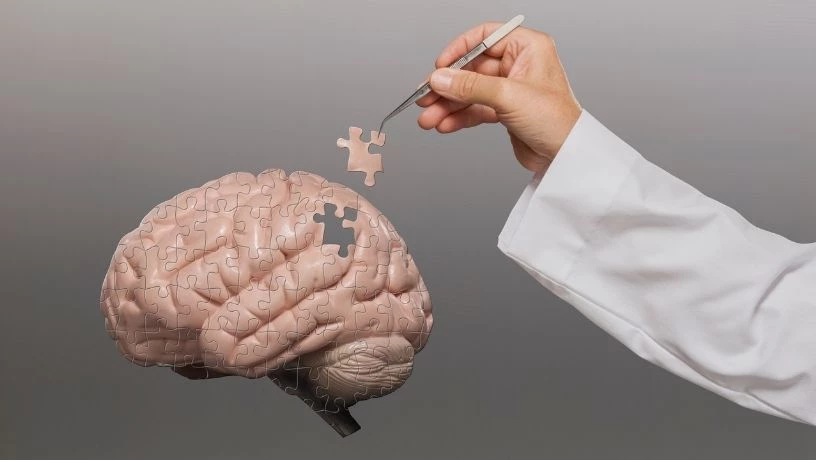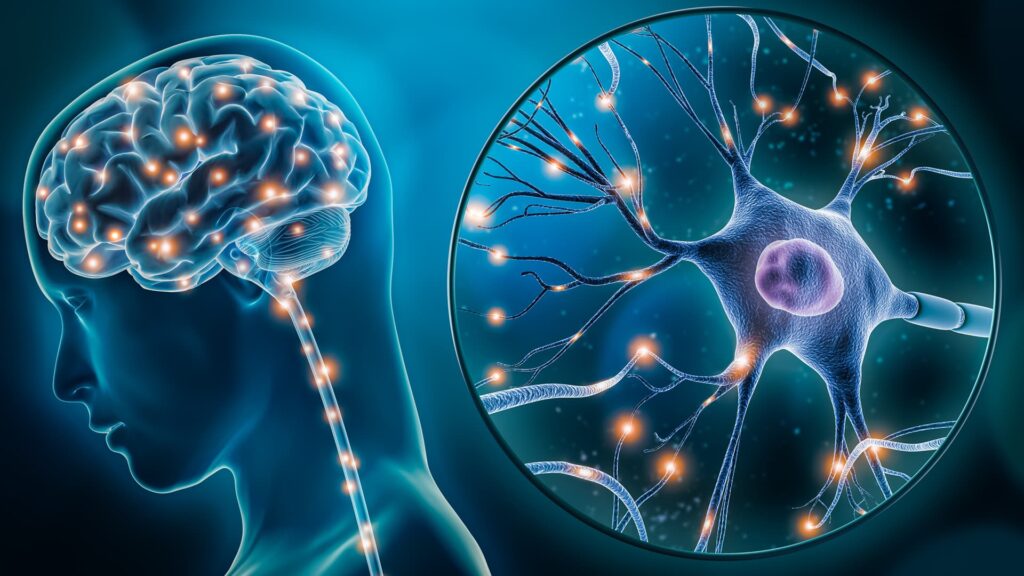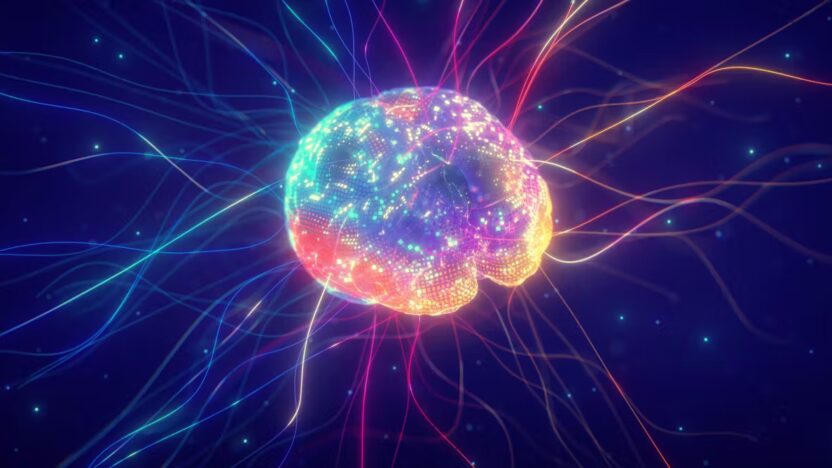
In modern mental health care, neuroplasticity has emerged as a revolutionary ally in the battle against depression. Many individuals feel overwhelmed by the persistent symptoms of depression, often doubting whether real change is possible. This article delves into how our brain’s natural ability to rewire and adapt can pave the way for recovery. Backed by evidence-based insights, practical advice, and uplifting case studies, we explain how harnessing neuroplasticity not only inspires hope but also transforms mental health treatment. Discover how tapping into your brain’s capacity for change can lead to lasting relief and improved well-being.
Understanding Neuroplasticity and Its Role in Mental Health
Neuroplasticity is the brain’s remarkable ability to reorganize its neural pathways in response to new experiences, learning, or environmental changes. This adaptive quality is not exclusive to the young; research shows that even adult brains can demonstrate significant plasticity, paving the way for new mental health treatments. Understanding neuroplasticity thus offers renewed hope for those fighting persistent mood disorders such as depression.
Modern neuroscience has revealed that the brain is far from static—it is a dynamic network that continuously reshapes its structure. This process occurs through the formation of new synaptic connections and the strengthening of existing ones, a flexibility that becomes particularly important during depressive episodes when conventional healing does not suffice.
Exploring neuroplasticity means understanding how the brain responds to both positive and negative experiences. Studies have shown that with persistent effort and targeted therapy, the brain can rewire itself to overcome maladaptive patterns. This promising area of research underpins innovative therapeutic strategies aimed directly at the neurological roots of depression.
Depression and the Brain: How Neuroplasticity Intervenes
Depression is a multifaceted condition commonly linked to alterations in brain structure and function. Under the grip of depression, neuroplasticity can become impaired, reinforcing negative thought cycles. However, emerging research shows that deliberately stimulating neuroplasticity can help counteract these effects.

Neuroimaging studies indicate that people with depression often have reduced volumes in brain regions essential for mood regulation, such as the hippocampus. This key area, responsible for memory and stress control, is highly responsive to neuroplastic adjustments. Promoting neuroplastic adaptations can reverse structural deficits, thus supporting recovery and resilience.
Modern therapies, including cognitive behavioral therapy and mindfulness practices, have demonstrated the ability to restore neural connectivity in depressed individuals. By fostering new neural connections, these treatment methods help break the cycle of depression and improve overall mental health.
Therapies Leveraging Neuroplasticity for Depression Recovery
A range of established and emerging therapies takes advantage of neuroplasticity to combat depression. These treatments work by promoting conditions that enable synaptic rewiring, thereby enhancing emotional regulation and cognitive flexibility. Interventions like cognitive behavioral therapy, mindfulness-based stress reduction, and regular physical exercise are now seen as cornerstones in this innovative approach to depression treatment.
One particularly promising area is non-invasive brain stimulation, such as transcranial magnetic stimulation (TMS). These techniques successfully activate underactive neural networks in depressed patients and encourage the brain to bypass dysfunctional pathways.
Additionally, digital therapeutics like mobile apps for cognitive training are emerging as valuable tools to supplement traditional therapies. Through guided exercises tailored to boost neuroplasticity at home, these digital solutions ensure that therapeutic benefits extend beyond clinical settings.

Practical Tips and Future Perspectives in Harnessing Neuroplasticity
Recognizing the powerful role of neuroplasticity in depression treatment, it is essential to incorporate daily habits that support brain health. Regular physical exercise, a balanced diet, and proper sleep create an optimal environment for neural rewiring. Complemented by mindfulness and meditation practices, these lifestyle choices form a robust foundation for both mental and physical wellness.
Future research in neuroplasticity looks to refine therapeutic protocols and customize treatments based on each patient’s unique brain profile. With the rise of personalized medicine, interventions can soon be tailored to fit individual needs, ensuring more effective outcomes.
By integrating practical lifestyle improvements with advanced therapeutic techniques, a comprehensive approach to overcoming depression is within reach. As science progresses, our ability to harness the brain’s plasticity will lead to sustained enhancements in mood and cognitive function, ultimately providing more effective long-term care.
Case Studies and Real-Life Success Stories
Real-life success stories powerfully demonstrate the effectiveness of neuroplasticity-based therapies in combating depression. Numerous cases reveal significant improvements in mental health when patients engage in targeted, brain-focused interventions. These narratives confirm that change is possible when the brain is given the right tools to adapt and rewire.
One memorable case involves a middle-aged woman who experienced a dramatic reduction in depressive symptoms after combining cognitive therapy with regular physical exercise. Over several months, her commitment to these activities led to measurable changes in her brain’s neural network, underscoring the resilience of the human brain when supported by focused efforts.

Another inspiring example is that of a young adult who integrated mindfulness techniques with digital cognitive training as part of a comprehensive treatment program. His journey exemplifies how the fusion of modern technology with traditional therapy can forge a successful path to recovery. These stories reinforce the idea that timely, evidence-based interventions can fundamentally alter the course of depression.
Contenido Adicional
Delving deeper into neuroplasticity, both emerging research and traditional practices now converge to foster remarkable changes in brain function. Recent studies published in esteemed journals like Nature and Science provide solid evidence that structured programs promoting neurogenesis are highly effective. For instance, aerobic exercise has been shown to improve hippocampal volume by 20-30% in depressed subjects, highlighting the growing integration of neuroscience in standard therapeutic practices.
Mental health professionals now have access to a diverse range of techniques that can be personalized based on an individual’s response. This interdisciplinary approach—melding cognitive, behavioral, and physical therapies—maximizes the benefits of neuroplasticity. By adopting an integrative perspective that addresses both psychological and biological aspects of depression, practitioners can enhance treatment outcomes and deepen our understanding of recovery mechanisms.
Patient education is also pivotal in this paradigm shift. When patients understand that their brain can change, they are more likely to engage actively with their treatment plans. By demystifying neuroplasticity, educational initiatives help eliminate the stigma around mental health challenges and instill hope that recovery is achievable.
Looking ahead, innovations in neuroimaging and computational neuroscience promise even more personalized treatment approaches. Scientists are developing advanced tools to map individual neural networks, which will allow practitioners to tailor interventions in real time. This exciting frontier could revolutionize therapy by monitoring brain changes and adapting strategies as needed.

Looking ahead, innovations in neuroimaging and computational neuroscience promise even more personalized treatment approaches. Scientists are developing advanced tools to map individual neural networks, which will allow practitioners to tailor interventions in real time. This exciting frontier could revolutionize therapy by monitoring brain changes and adapting strategies as needed.
In conclusion, neuroplasticity provides a groundbreaking approach to treating depression, opening up innovative avenues for research and therapy. The brain’s ability to rewire itself offers hope to those battling depression, proving that recovery is within reach. When combined with traditional treatments and novel strategies, embracing neuroplasticity could redefine future mental health care. As research progresses, understanding and using these insights empowers individuals to take control of their healing journey and achieve long-term mental resilience.




